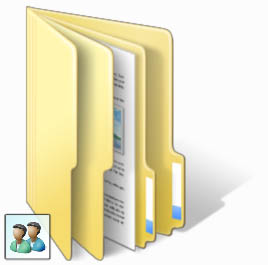If your internet speed turn slow, you may check this:
First à Some P2P software program running in the background or on another computer that is using all the bandwidth. Ensure that all P2P programs are turned off on any computers in the house then re-test your connection.
Secondà The operating system or some other program on your computer may be doing an update. This is another common cause of slowdowns on your internet connection. Check the taskbar for the windows update icon and check for any other programs updating in the background
Thirdà BT could be doing work on your telephone exchange as they do perform regular maintenance on their systems. It could also be that a fault has developed within your telephone exchange. There are a number of website that allow you to check the status of your telephone exchange one of which can be found at the end of this article
Thirdà BT could be doing work on your telephone exchange as they do perform regular maintenance on their systems. It could also be that a fault has developed within your telephone exchange. There are a number of website that allow you to check the status of your telephone exchange one of which can be found at the end of this article
Fourthà A fault on your internet service providers side. You can usually find out if this is the case by their service status on their website. If this is the case you may have to wait until the issue is resolved or if it is not resolved within 24 hours give them a call.
Fifthà Malware or spyware can often cause a slowdown in your internet connection as they could be using your connection or limiting it. Doing a full malware scan with something like malware bytes and virus scan will usually clear this up
Sixth à A wrongly configured router can often be found to be the cause of slow internet connections. This can sometimes be resolved by simply turning the router off for 5 minutes and then turning it on again.
Seventhà Is someone in the house streaming movies or playing games online via the Xbox or some other device? This is again a common cause with the availability of online movie streaming. Ensure that no other device is using the connection and then test your connection again
Eighthà Someone leeching (using) your wireless network connection. Although not as common now it can still happen on unprotected wireless networks
Ninth à Very low wireless signal if you are using a wireless device
Tent à A problem with the internal wiring of your home could be causing speed issues on the internet.


